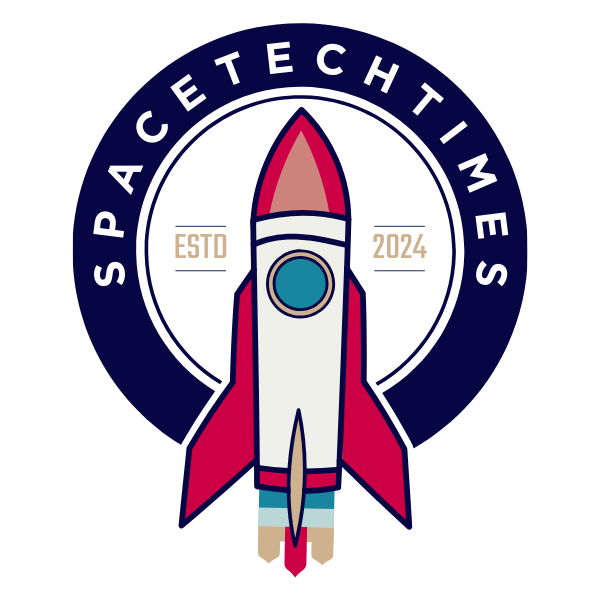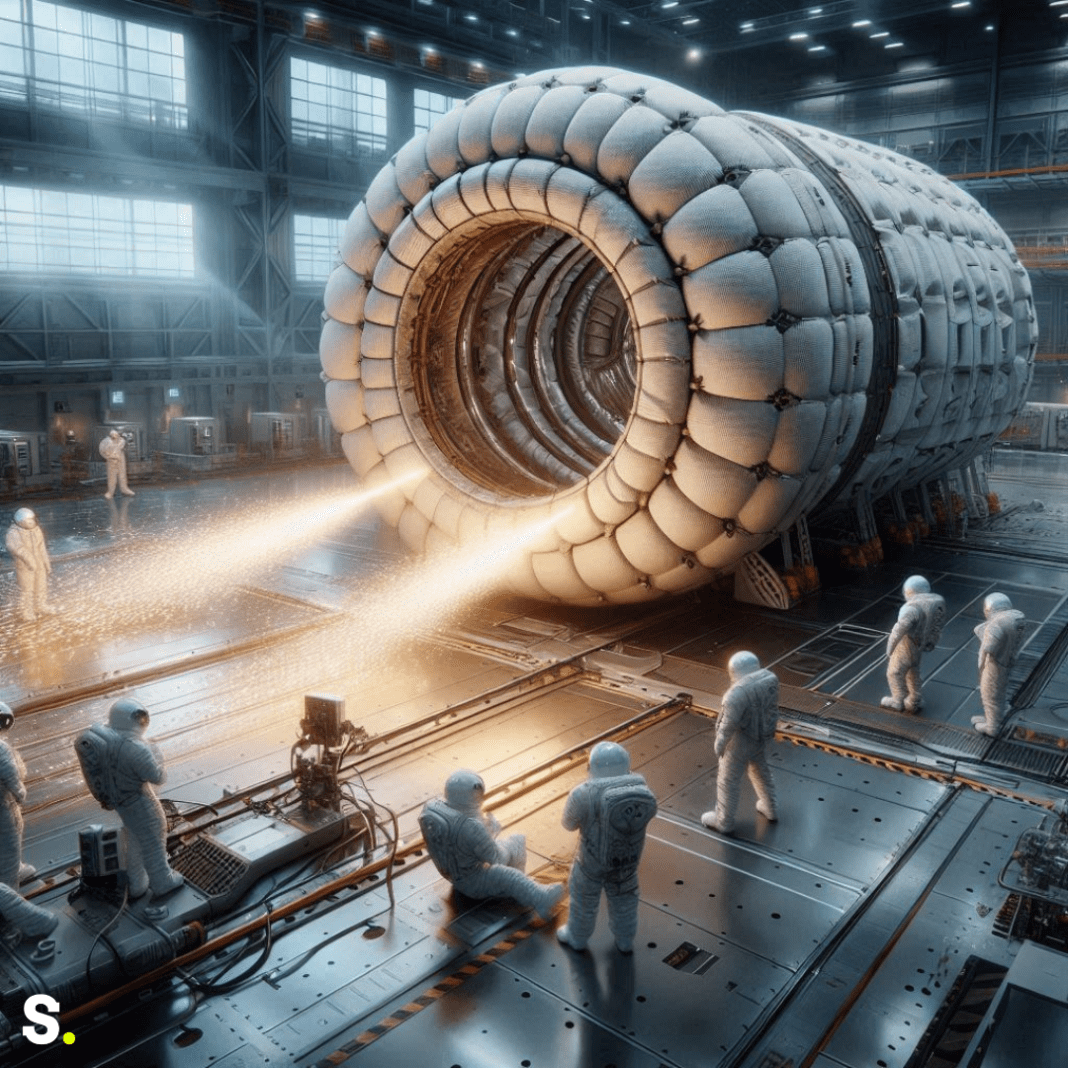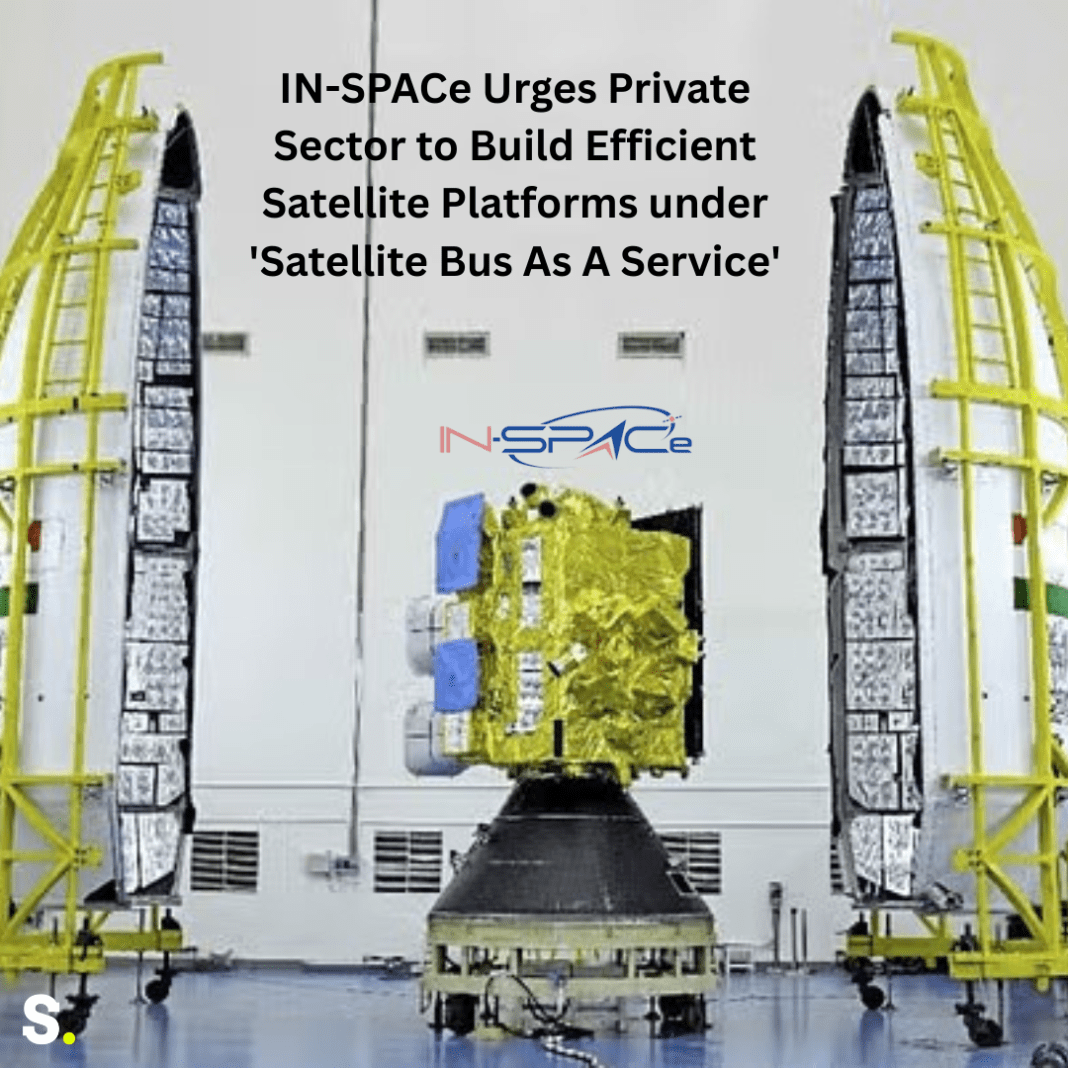Sierra Space has made significant progress in creating the LIFE space station habitat, which is safer and more robust. To make sure it can survive the dangers in space, Sierra Space worked with NASA to test a new protective shield. These tests happened at NASA’s White Sands Test Facility in Las Cruces, New Mexico.
Creating a Robust Barrier for the LIFE Habitat
In space, tiny pieces of rock and metal called micrometeoroids and orbital debris (MMOD) travel at super high speeds. If they hit a space station, they can cause serious damage. To protect against this, Sierra Space created a shield using a special material called Vectran. Vectran is a lightweight, flexible fabric with exceptional strength. It is not hard like metal but is woven in a way that makes it tough enough to take hits from flying debris.
The shield was put through very tough tests. A two-stage light gas gun was used to fire small objects at speeds close to seven kilometers per second. These tests were meant to copy what happens when debris smashes into a space station in orbit. All of this was done inside a vacuum chamber to make it feel like the real conditions of space.
The project was a component of the Collaborations for Commercial Space Capabilities (CCSC-2) Space Act Agreement. This agreement allows NASA to help private companies like Sierra Space without direct funding. The goal was simple: find the best way to protect the LIFE habitat without making it too heavy to launch into space.
A Careful, Two-Step Testing Process
The testing was done in two big steps. First, Sierra Space tested many different types of soft fabric materials. Each one was shot at with the same speed and force to see how well it could stand up to impacts. Engineers carefully studied how the materials reacted when hit by the projectiles.
After seeing which fabrics worked best, the team moved to the second step. They made changes to the way they fired the gun, adjusting the speed and the size of the projectiles. They used special formulas called performance equations to understand exactly how each material behaved under different conditions.
In total, 40 tests were done during this phase. After choosing the final design, they did 19 more tests to double-check that the shield would work as planned. These tests helped Sierra Space engineers confirm that the LIFE habitat’s shield could take serious hits without failing.
War in Orbit? Space Force Unveils How America Will Defend the Final Frontier
One of the special things about this testing was that Sierra Space engineers were present on-site at White Sands. They could see the results immediately and make quick changes if needed. This helped speed up the whole process and made sure every test gave useful information.
The testing process was extremely detailed. It looked at not just whether the shield could survive a hit, but also how much it bent, tore, or slowed down the projectiles. All this data was used to create the final version of the protective shield.
Working Together for Space Safety
Throughout the testing campaign, Sierra Space and NASA worked side-by-side. NASA’s experts helped Sierra Space understand the test results and make better choices about the materials and designs. By combining Sierra Space’s new ideas with NASA’s long experience in space technology, they created a shield that is both strong and lightweight.
Making the shield lightweight was very important. In space missions, every kilogram matters. A heavier habitat would cost more to launch and would need more powerful rockets. That’s why using a soft but strong material like Vectran was such a smart choice.
The White Sands Test Facility was the perfect place for this work. It has some of the best equipment in the world for testing how materials react to impacts at very high speeds. The two-stage light gas gun they used can launch projectiles faster than most bullets on Earth. It uses a mix of gunpowder and compressed hydrogen to achieve these incredible speeds, all inside a vacuum chamber that mimics space conditions.
Bandwagon-3 Makes Noise—Literally! SpaceX Sends 3 Payloads into Orbit, Returns Booster with a Boom
By completing these hypervelocity tests, Sierra Space has proven that its LIFE habitat is getting closer to being ready for the dangers of space. The shield they developed is now one of the key parts that will help keep future astronauts safe while they live and work in low-Earth orbit.
The successful results from the White Sands testing mark an important milestone for Sierra Space and its goal of creating new habitats for space missions. More tests are planned to continue making sure the LIFE habitat is ready for real-life space challenges.




